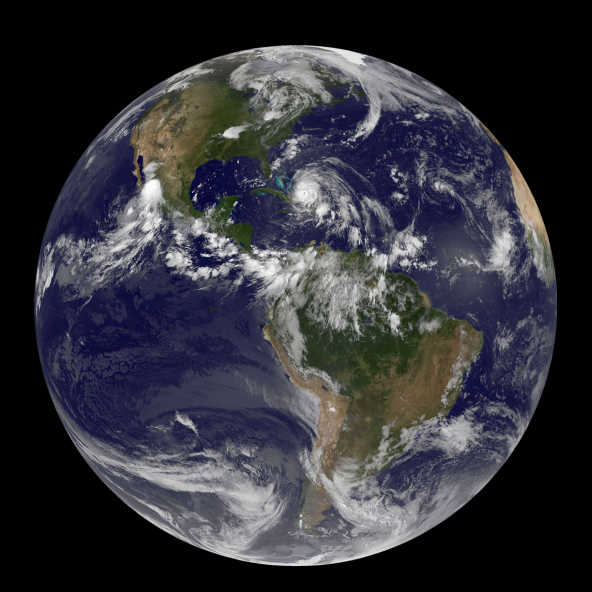
Photo source: Thinkstock
New York
A rapid rise in the oxygen levels over 400 million years ago may have provided a three-fold increase in biodiversity, new research has claimed.
The findings showed a nearly 80 per cent increase in oxygen levels from about 14 per cent 460 million years ago (the Middle Ordovician perid) to 24 per cent just 10 million years later during the Late Ordovician period.
This explosion of diversity, recognised as the "Great Ordovician Biodiversification Event", brought about the rise of various marine life, tremendous change across species families and types, as well as changes to the earth, starting at the bottom of the ocean floors.
"Oxygen and animal life have always been linked, but most of the focus has been on how animals came to be," said Matthew Saltzman, Professor at the Ohio State University.
"Our work suggests that oxygen may have been just as important in understanding how animals came to be so diverse and abundant," Saltzman said.
"It should be stressed that this was probably not the only reason why diversification occurred at that time. It is likely that other changes — such as ocean cooling, increased nutrient supply to the oceans and predation pressures — worked together to allow animal life to diversify for millions of years," said Cole Edwards, Assistant Professor, Appalachian State University in North Carolina, the US.
For the study, detailed in the journal Nature Geoscience, the team used geological data from areas in the west, north and east US, as well from Canada, South America and Estonia to estimate levels of dissolved inorganic carbon through deep history.
Using geochemical proxies, high-resolution data and chemical signatures preserved in carbonate rocks formed from seawater, the researchers were able to identify an oxygen increase during the Middle and Late Ordovician periods.
"In this research, we show that the oxygenation of the atmosphere and shallow ocean took millions of years, and only when shallow seas became progressively oxygenated were the major pulses of diversification able to take place," Edwards said.
But, it cannot be determined if the effect of the higher oxygen levels was direct, or if it was passive, simply expanding the range of environments life could inhabit, the researchers noted. — IANS



























